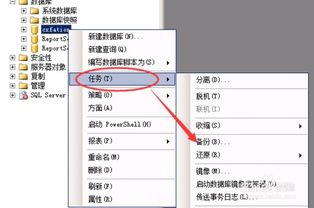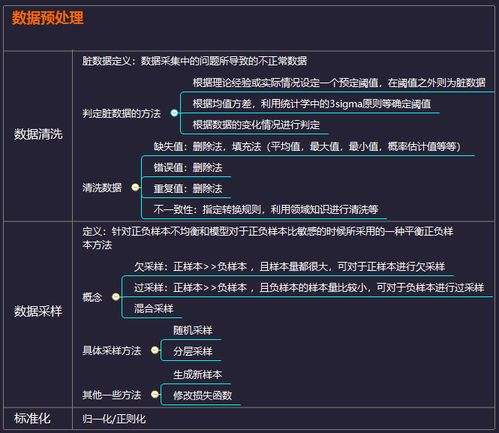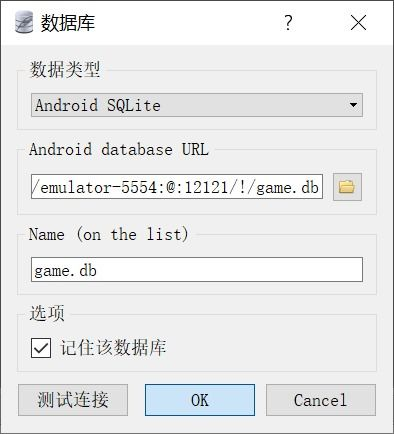ASP.NET Development Framework Downloading Files, Tips and Best Practices
Understanding File Downloads in ASP.NET
The ASP.NET framework efficiently allows developers to implement file downloads within web applications. The process generally involves the use of response methods to send files from the server to the client browser. This includes the ability to download various file types whether they be documents, images, or media files. The framework has built-in support that simplifies the handling of files, allowing for both large file transfers and secure downloads.
Implementing File Downloads with Stream
In order to handle file downloads effectively, ASP.NET utilizes the Response object. Developers can set the content type and headers appropriately to enable secure and efficient file transfers. A typical implementation might involve using a FileStream to read the file and then writing it to the response output. Here’s a simple example:
First, retrieve the file you want to download:
string filePath = Server.MapPath("~/files/sample.pdf");
Then, set the response headers:
Response.ContentType = "application/pdf";
Response.AppendHeader("Content-Disposition", "attachment; filename=sample.pdf");
Response.TransmitFile(filePath);
Response.End();
This script ensures that the file is served appropriately to the user, prompting them to download rather than view in the browser. Such a setup is crucial for maintaining the user experience while providing easy access to downloadable resources.
Best Practices for File Downloads
When implementing file download functionality in an ASP.NET application, it’s essential to follow best practices to ensure efficiency and security. First, always validate user permissions before allowing downloads to prevent unauthorized access to sensitive files. Additionally, it is advisable to implement logging mechanisms to track file downloads, helping to monitor usage and identify potential misuse.
Moreover, consider optimizing the transfer process by implementing file compression and caching strategies, which can significantly enhance application performance. Furthermore, using a content delivery network (CDN) can help to improve load times for users, especially if files are large or serve a global user base. Following these guidelines can lead to a smoother and more secure file download experience in your ASP.NET applications.
In summary, implementing file downloads in the ASP.NET development framework involves understanding server-client interactions and leveraging built-in methods for efficient handling. By executing secure practices, developers can ensure a streamlined, user-friendly experience for downloading various file types.





